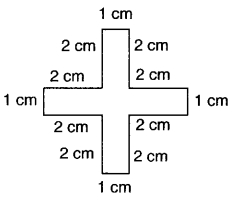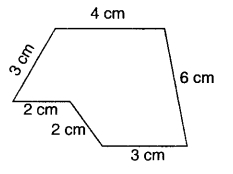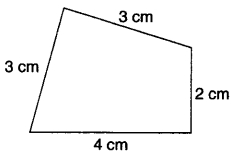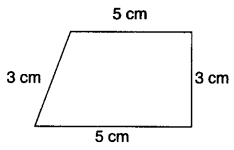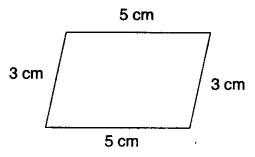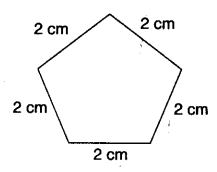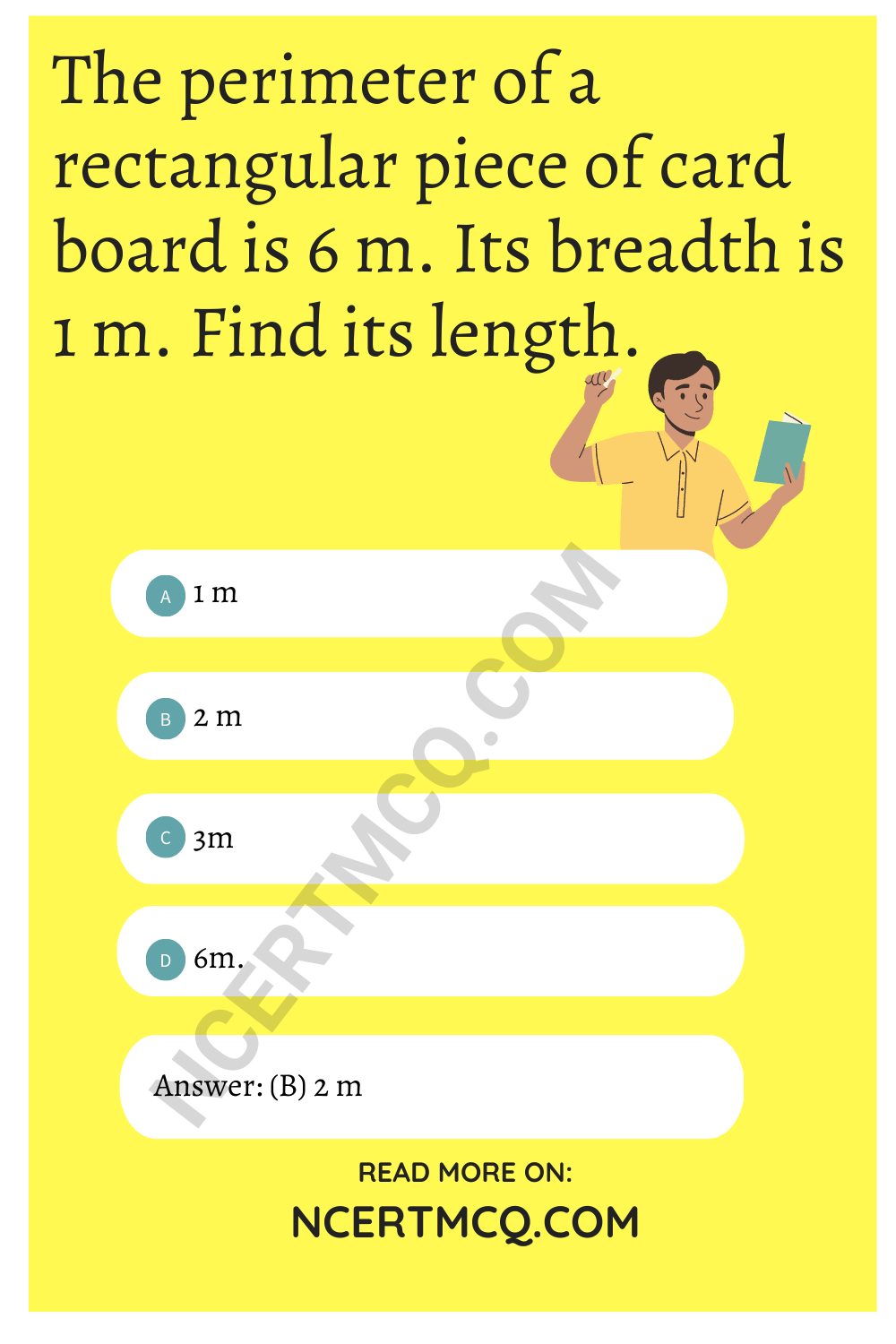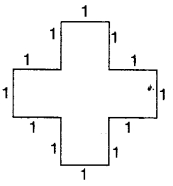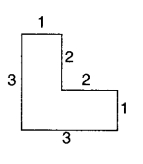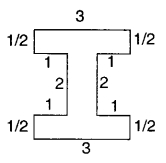Check the below NCERT MCQ Questions for Class 12 Economics Unit 8 Development Experience of India: A Comparison with Neighbours with Answers Pdf free download. MCQ Questions for Class 12 Economics with Answers were prepared based on the latest exam pattern. We have provided Development Experience of India: A Comparison with Neighbours Class 12 Economics MCQs Questions with Answers to help students understand the concept very well.
Development Experience of India: A Comparison with Neighbours Class 12 MCQs Questions with Answers
Development Experience Of India Class 12 MCQ Question 1.
China republic was established in:
(a) 1945
(b) 1947
(c) 1949
(d) 1951
Answer
Answer: (c) 1949
MCQ On India And Its Neighbouring Countries Class 12 Question 2.
Which is the poorest nation:
(a) India
(b) China
(c) Pakistan
(d) Kerala
Answer
Answer: (c) Pakistan
MCQ Of Indian Economic Development Class 12 Question 3.
In year 2010 which was biggest importer:
(a) America
(b) Japan
(c) China
(d) India
Answer
Answer: (c) China
MCQ Questions For Class 12 Indian Economics Pdf Question 4.
Economics of India and Pakistan depends for G.T.P:
(a) On primary level
(b) Secondary level
(c) Tertiary level
(d) None of these.
Answer
Answer: (c) Tertiary level
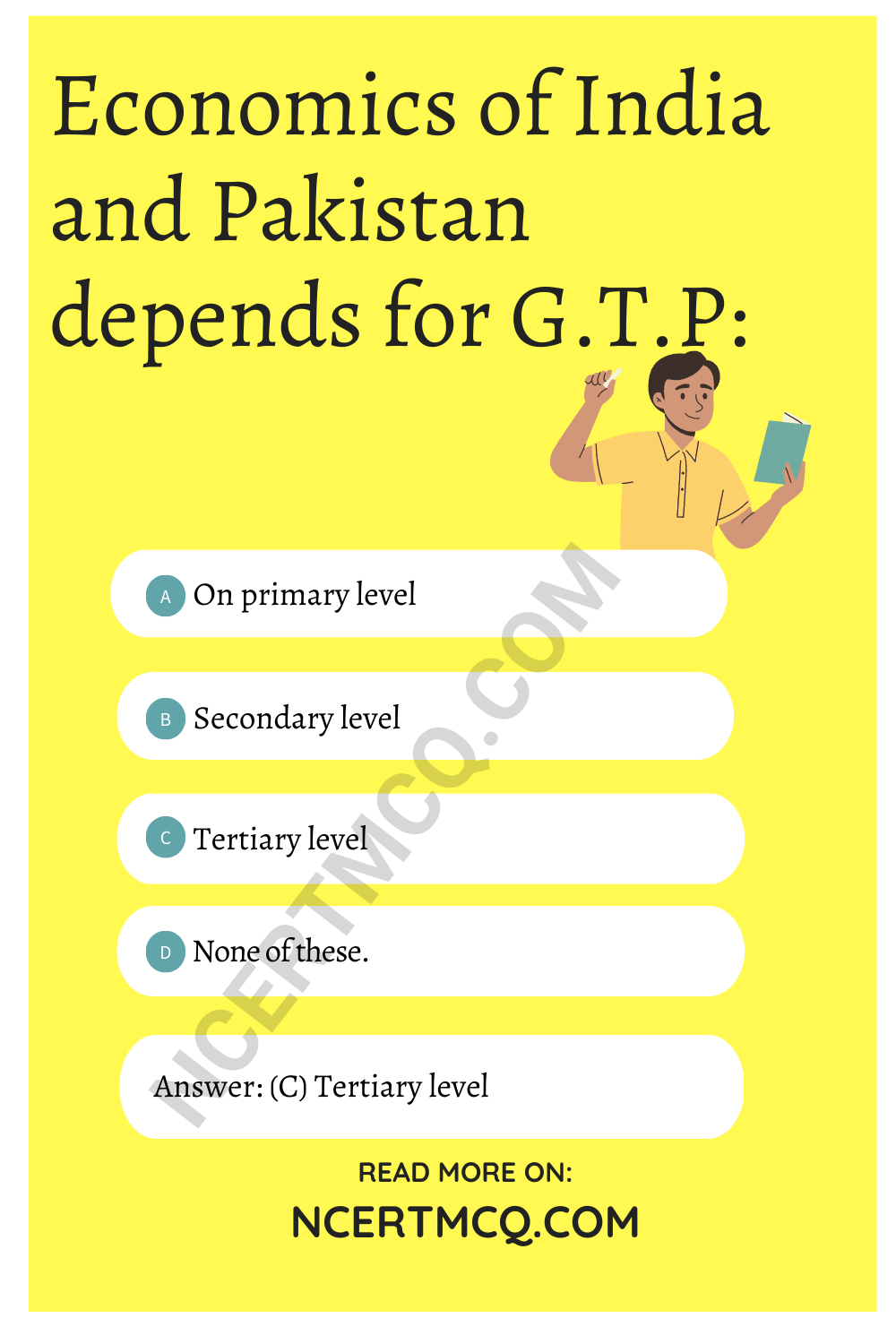
Economics Class 12 MCQ Questions Question 5.
Which country adopted infant policy:
(a) India
(b) China
(c) Pakistan
(d) None of these.
Answer
Answer: (b) China
Fill in the blanks:
1. Biggest contributor to India’s National Income is …………………………
Answer
Answer: Service
2. In China great leap forward mission started in ………………………..
Answer
Answer: 1958
3. Pakistan has better situation in field of ………………………. than India and China.
Answer
Answer: Availability of facility
4. In ……………………… urban population is least.
Answer
Answer: India
5. Emission of Carbon – di – oxide is maximum is …………………………..
Answer
Answer: China
State true or false:
1. In 1978 ‘Reform policy’ started by China get a great below.
Answer
Answer: True
2. Ratio of people below poverty line is higher in India.
Answer
Answer: True
3. Economy of Pakistan achieved great help by remittance of labourers.
Answer
Answer: True
4. In comparison to China Indian human development index is higher.
Answer
Answer: False
5. The Great leap Forward programme was started in Pakistan.
Answer
Answer: False
Match the columns:
| Column A | Column B |
| 1. Economic development in China | (a) Mao |
| 2. India’s new development policy | (b) China |
| 3. The great leap forward | (c) 1978 |
| 4. Commune | (d) Pakistan |
| 5. First contribution in 1956 | (e) 1991 |
Answer
Answer:
| Column A | Column B |
| 1. Economic development in China | (c) 1978 |
| 2. India’s new development policy | (e) 1991. |
| 3. The great leap forward | (a) Mao |
| 4. Commune | (b) China |
| 5. First contribution in 1956 | (d) Pakistan |
Answer in one word:
1. Which model was adopted by Pakistan for development?
Answer
Answer: Statism
2. Renmanbi is the currency of which country?
Answer
Answer: China
3. Which price policy is there in China?
Answer
Answer: Double
4. In 2014 HDI in India was?
Answer
Answer: 0 – 609
5. Which is the poorest among India, Pakistan and China?
Answer
Answer: Pakistan
6. When did China started five year plans?
Answer
Answer: In 1953.
7. When did economic reforms started in India and Pakistan?
Answer
Answer: Economic reforms were started in 1951 in India and in 1956 in Pakistan.
8. Name the two areas where India is ahead of Pakistan?
Answer
Answer: Rate of GDP and Per Capita Income.
9. In which area China is ahead of India and Pakistan?
Answer
Answer: Human development and GNP per capita.
10. What is liberty indicator?
Answer
Answer: Liberty indicators means a tigers night to play in the governance of their country.
We hope the given NCERT MCQ Questions for Class 12 Economics Unit 8 Development Experience of India: A Comparison with Neighbours with Answers Pdf free download will help you. If you have any queries regarding CBSE Class 12 Economics Development Experience of India: A Comparison with Neighbours MCQs Multiple Choice Questions with Answers, drop a comment below and we will get back to you soon.
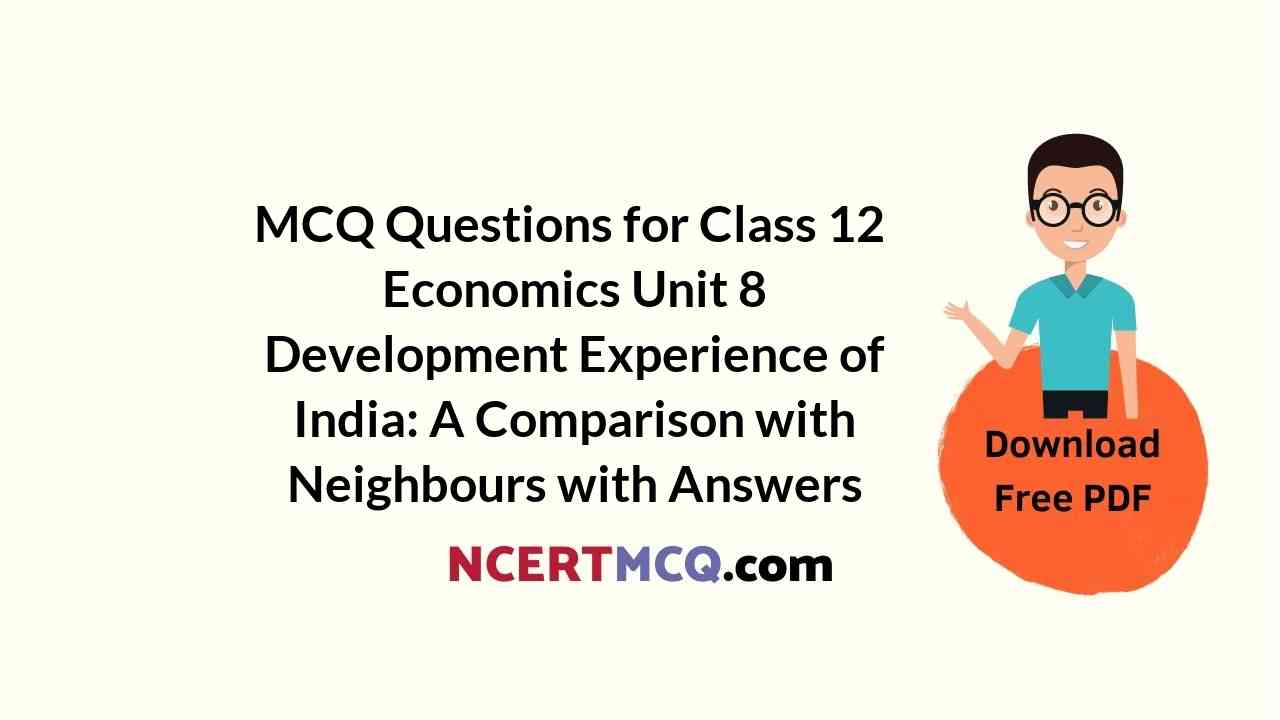
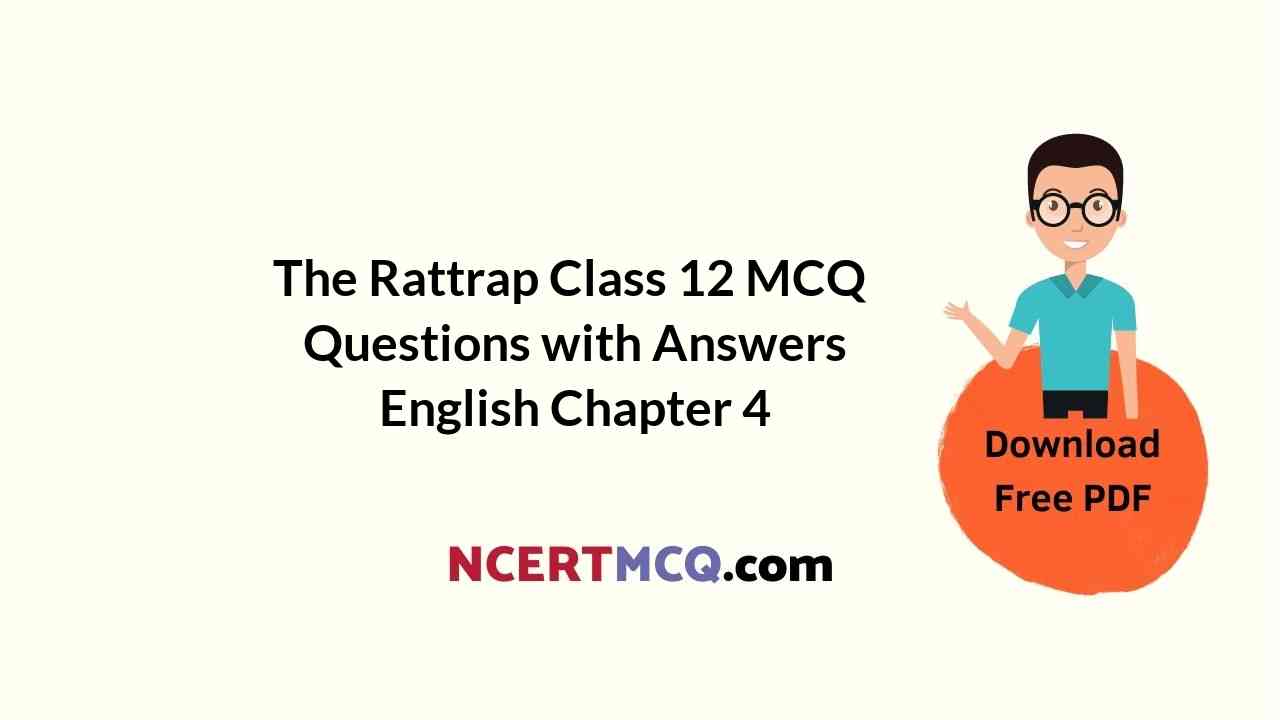
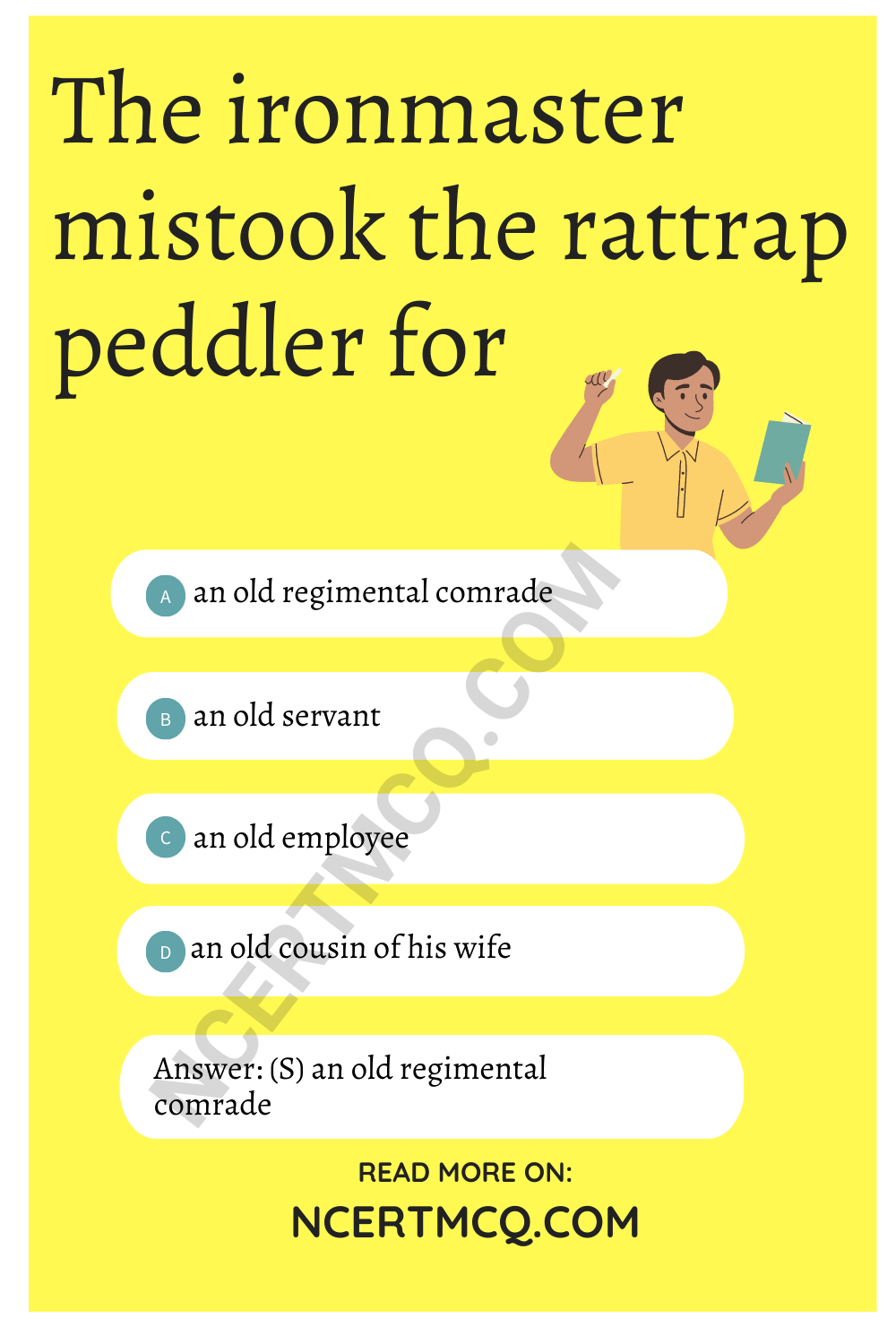

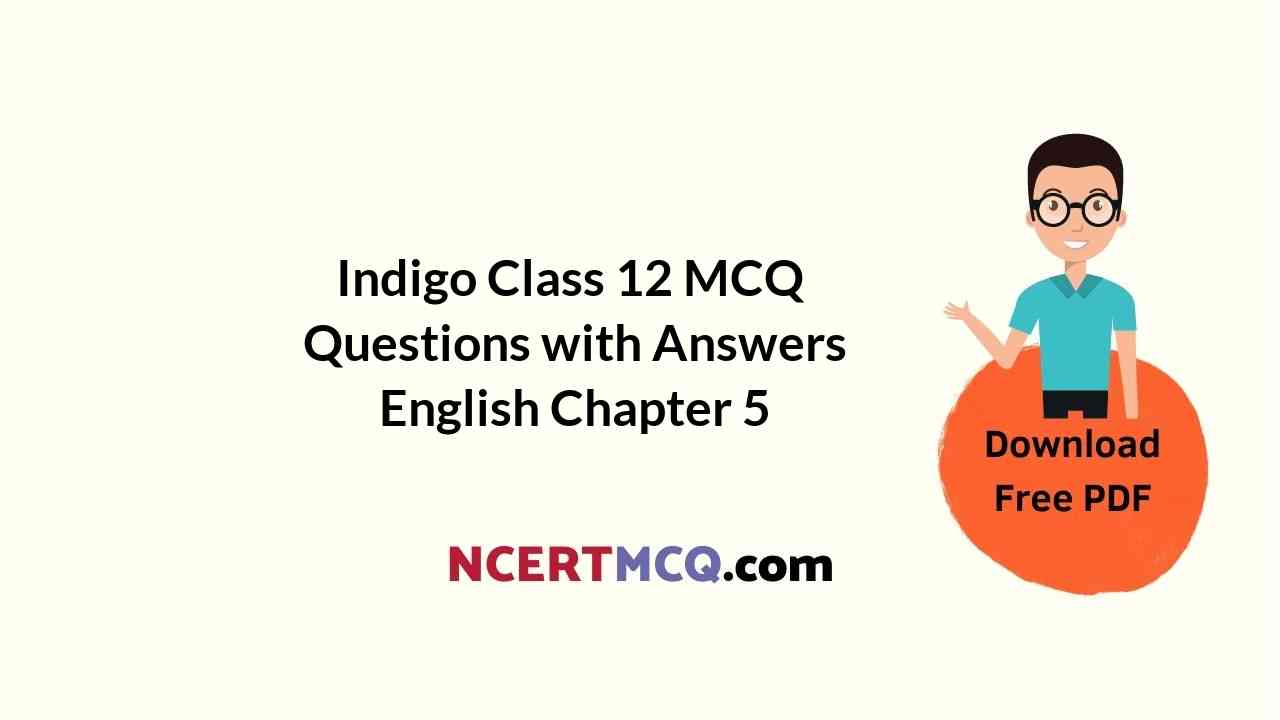
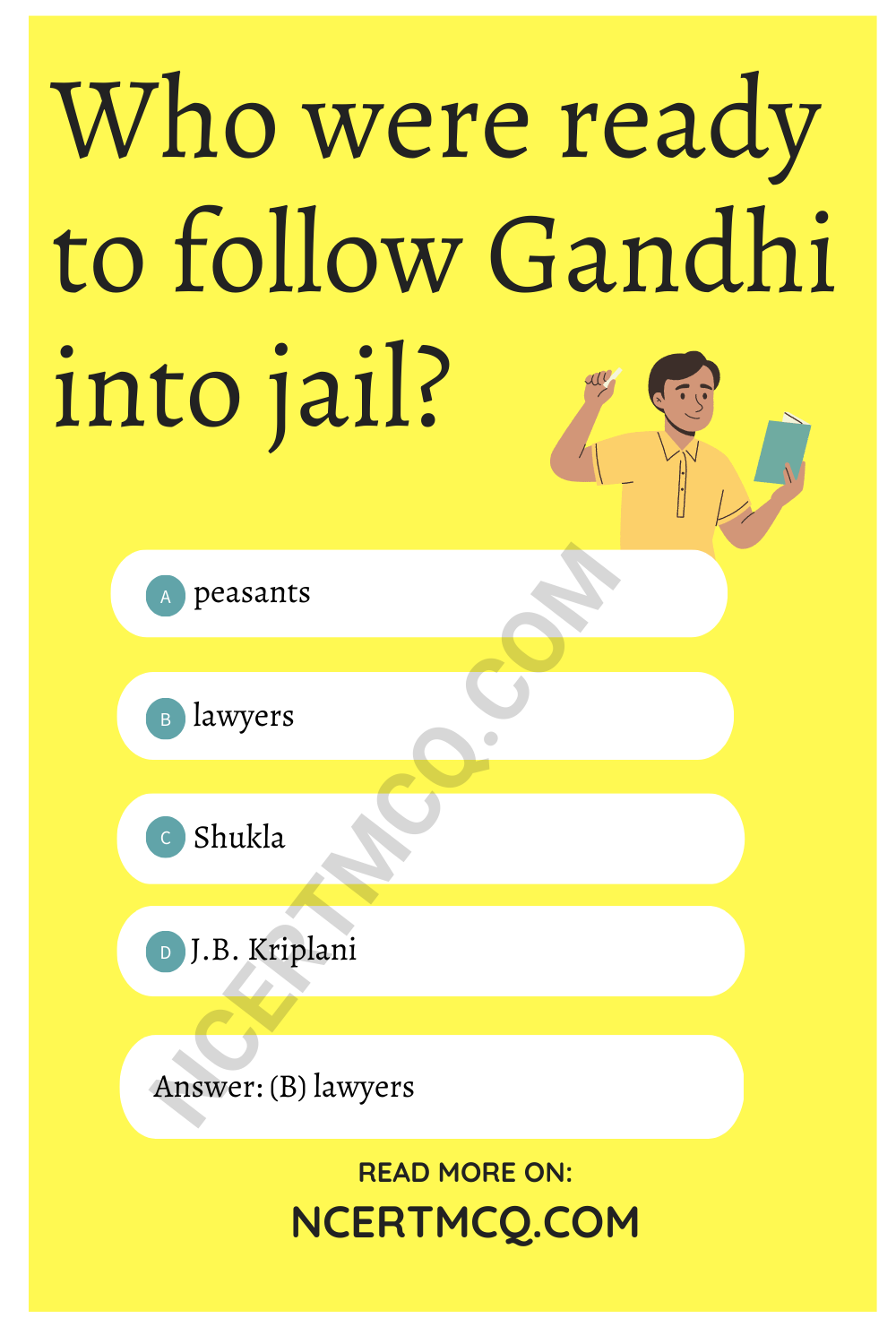
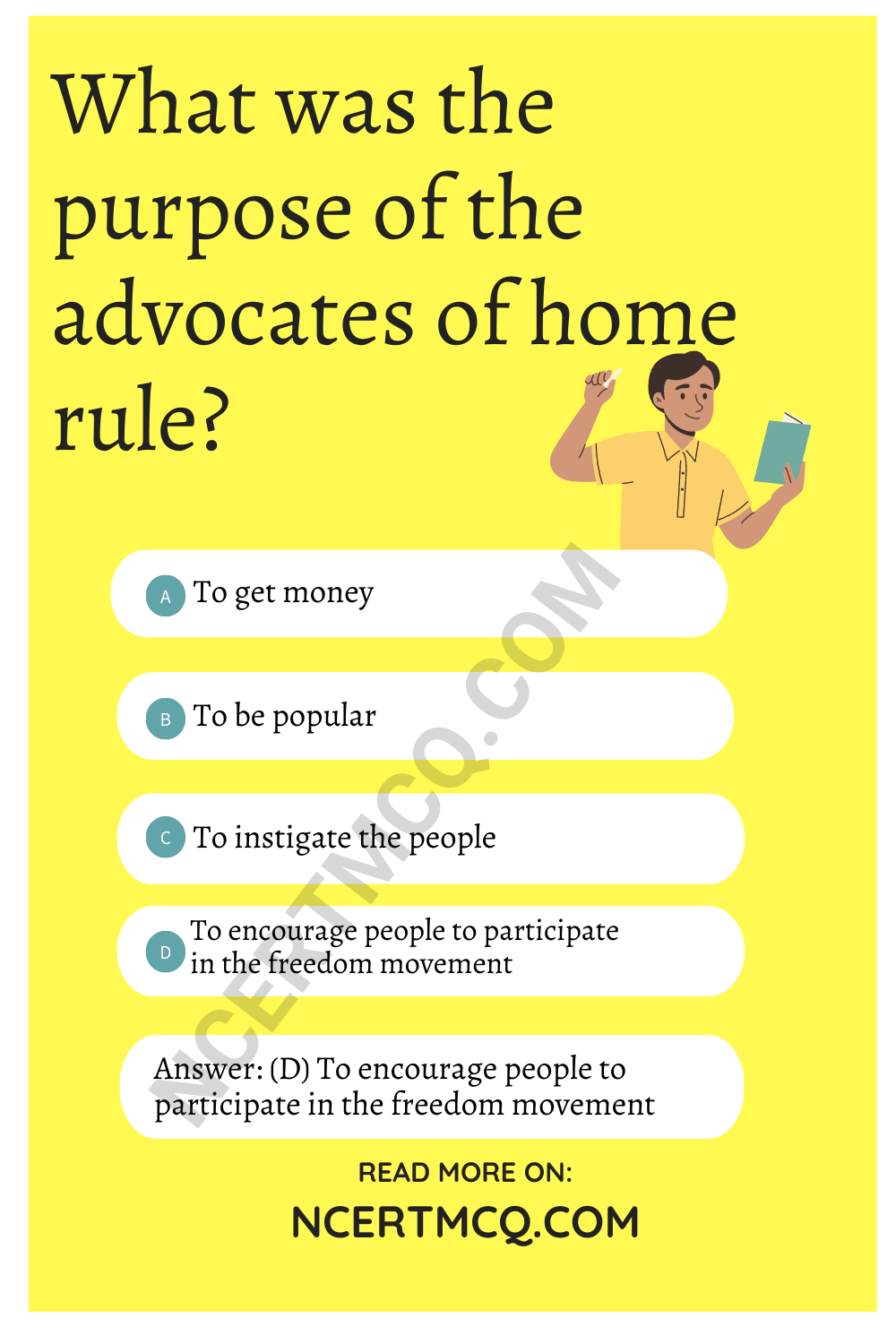
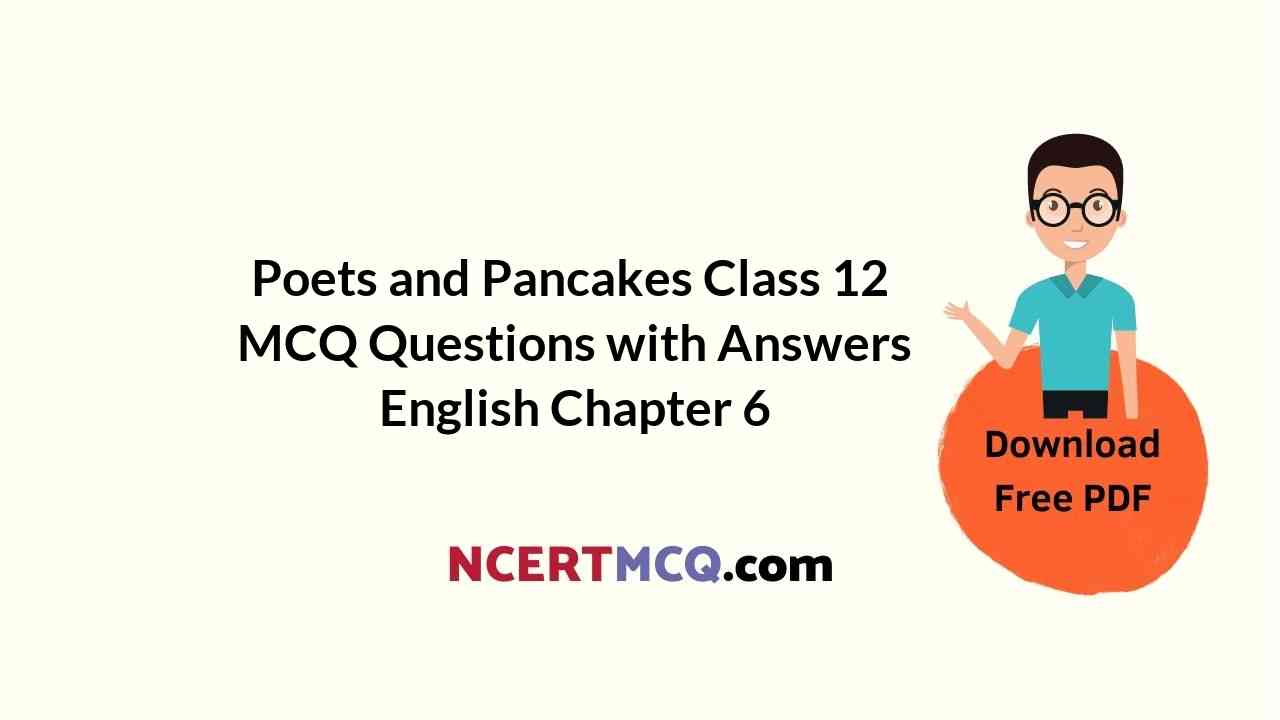
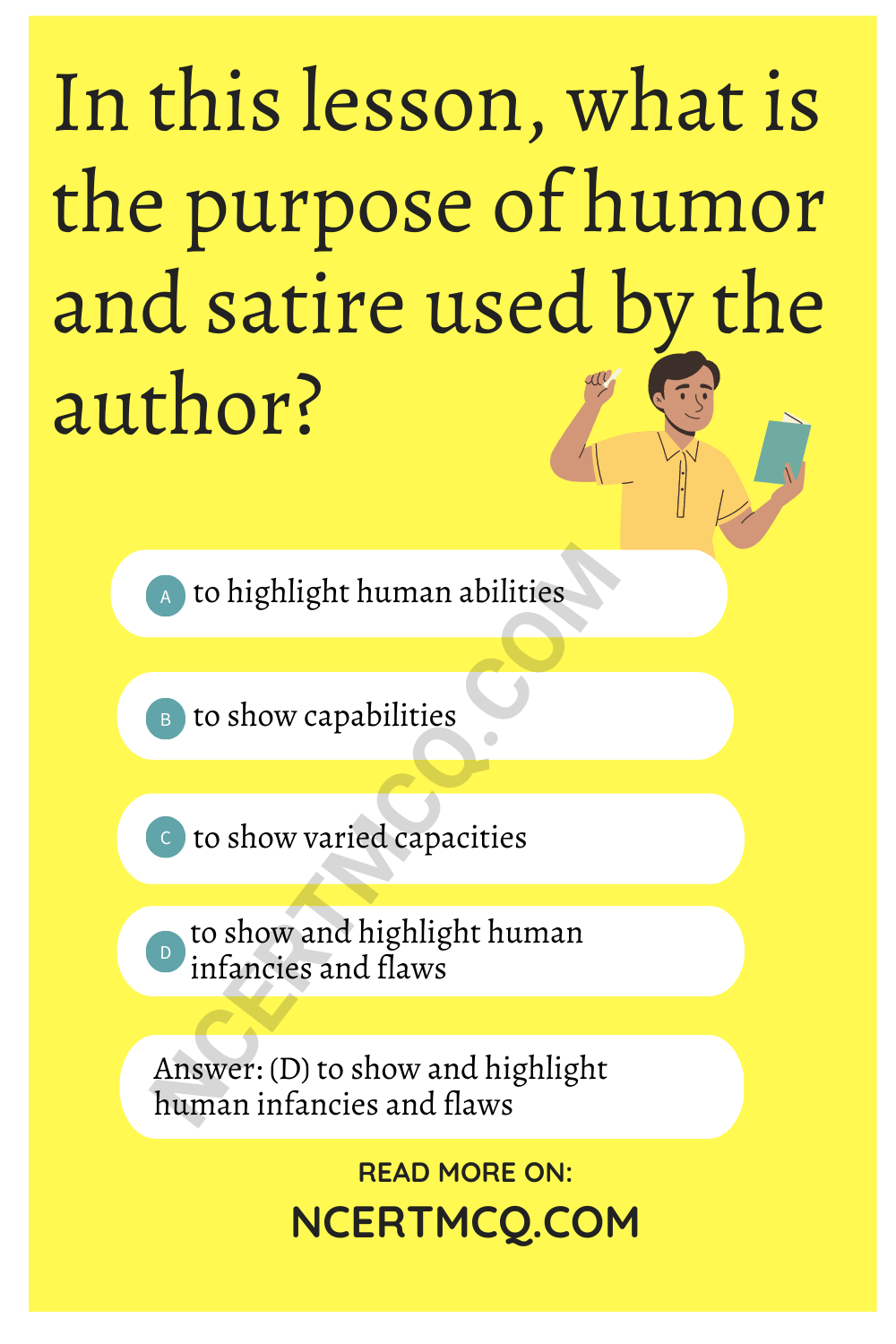
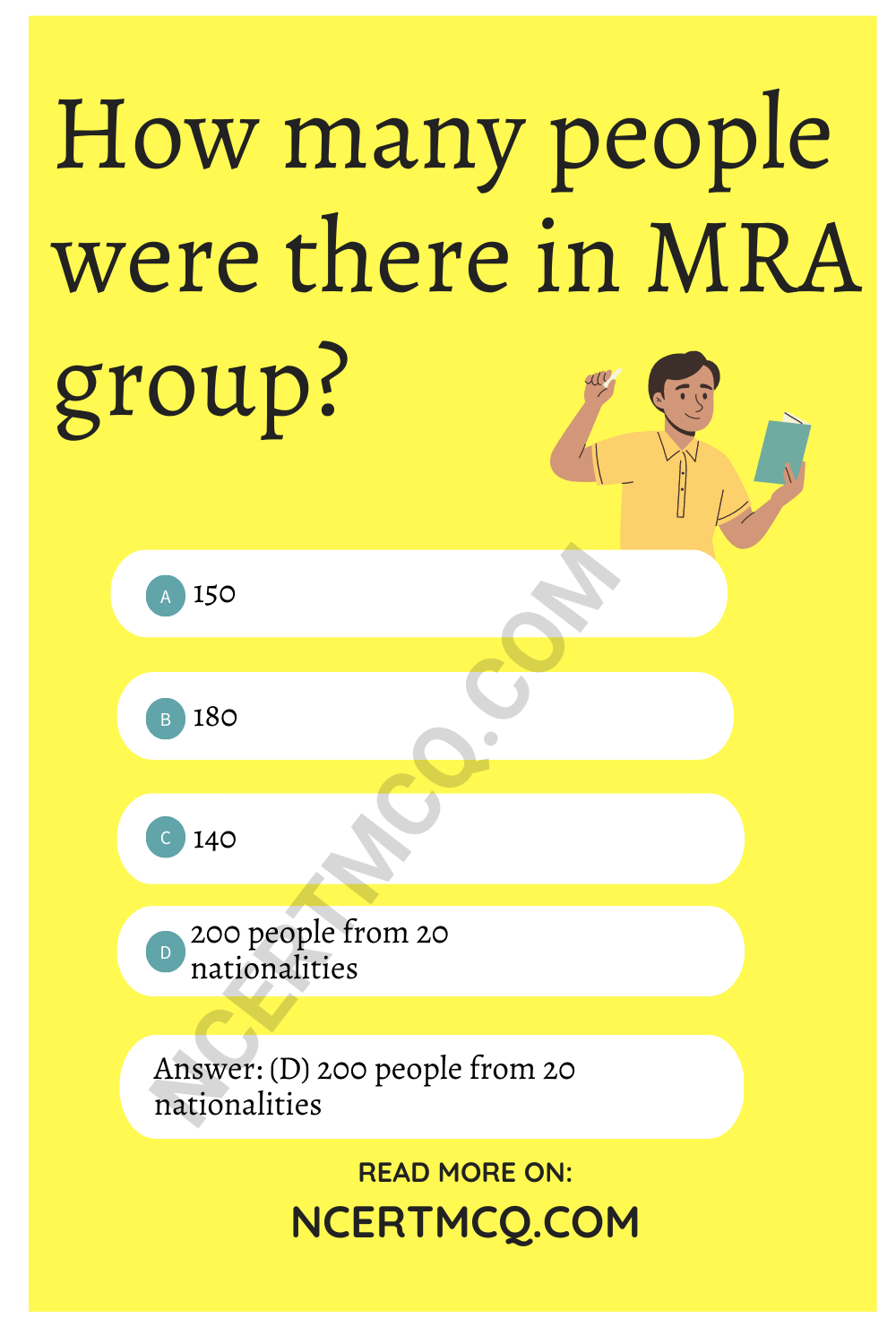
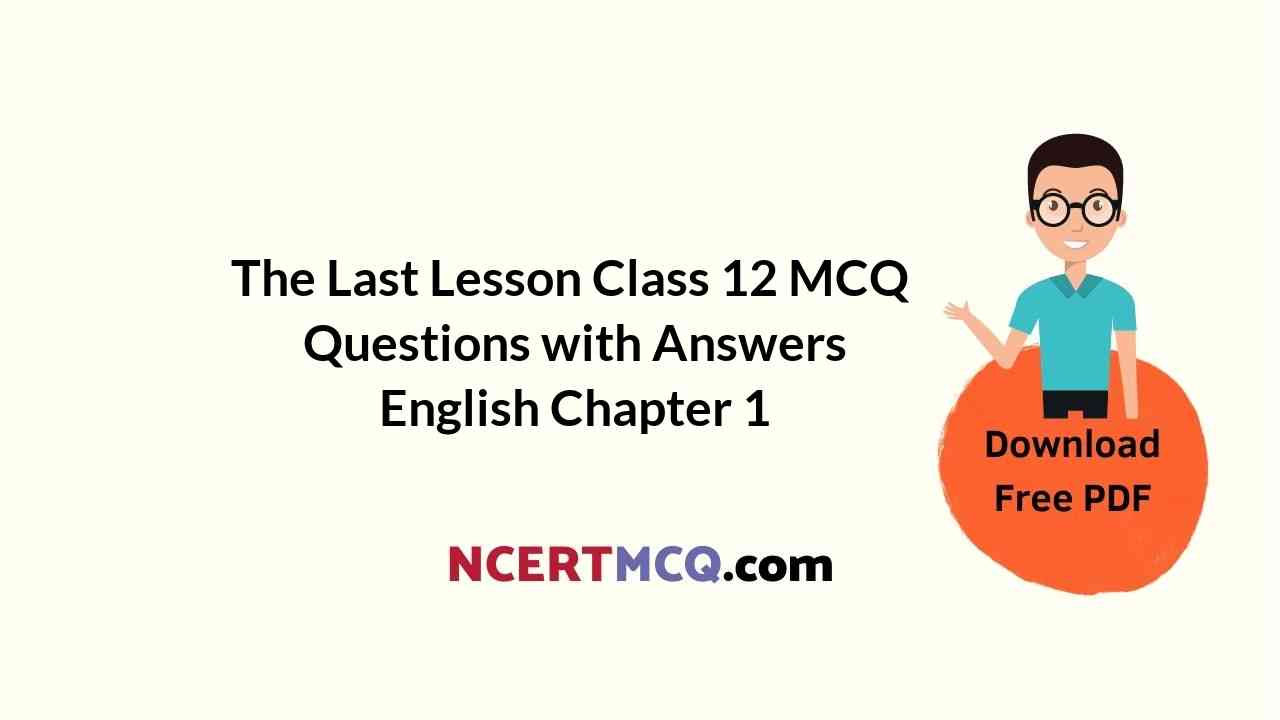
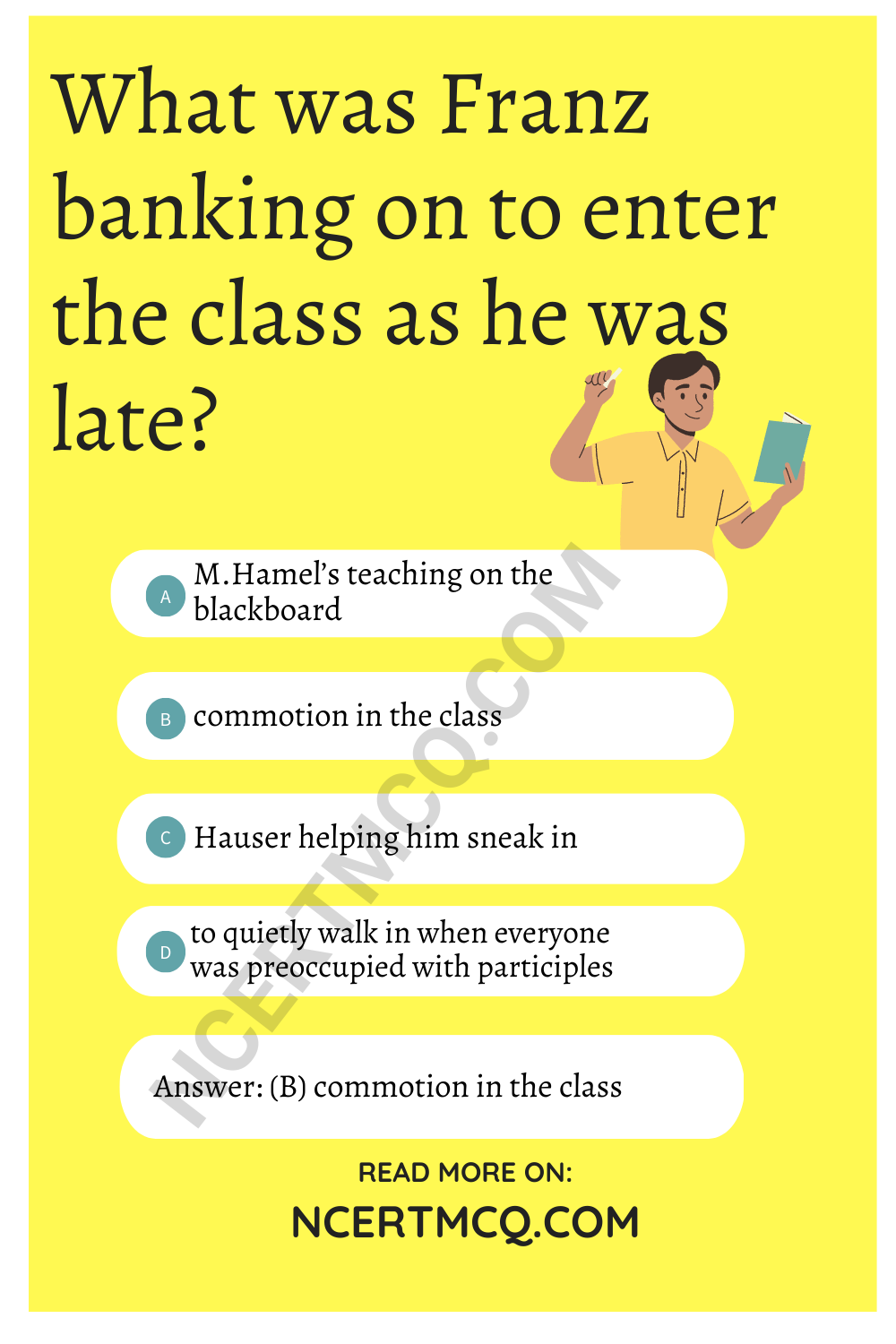
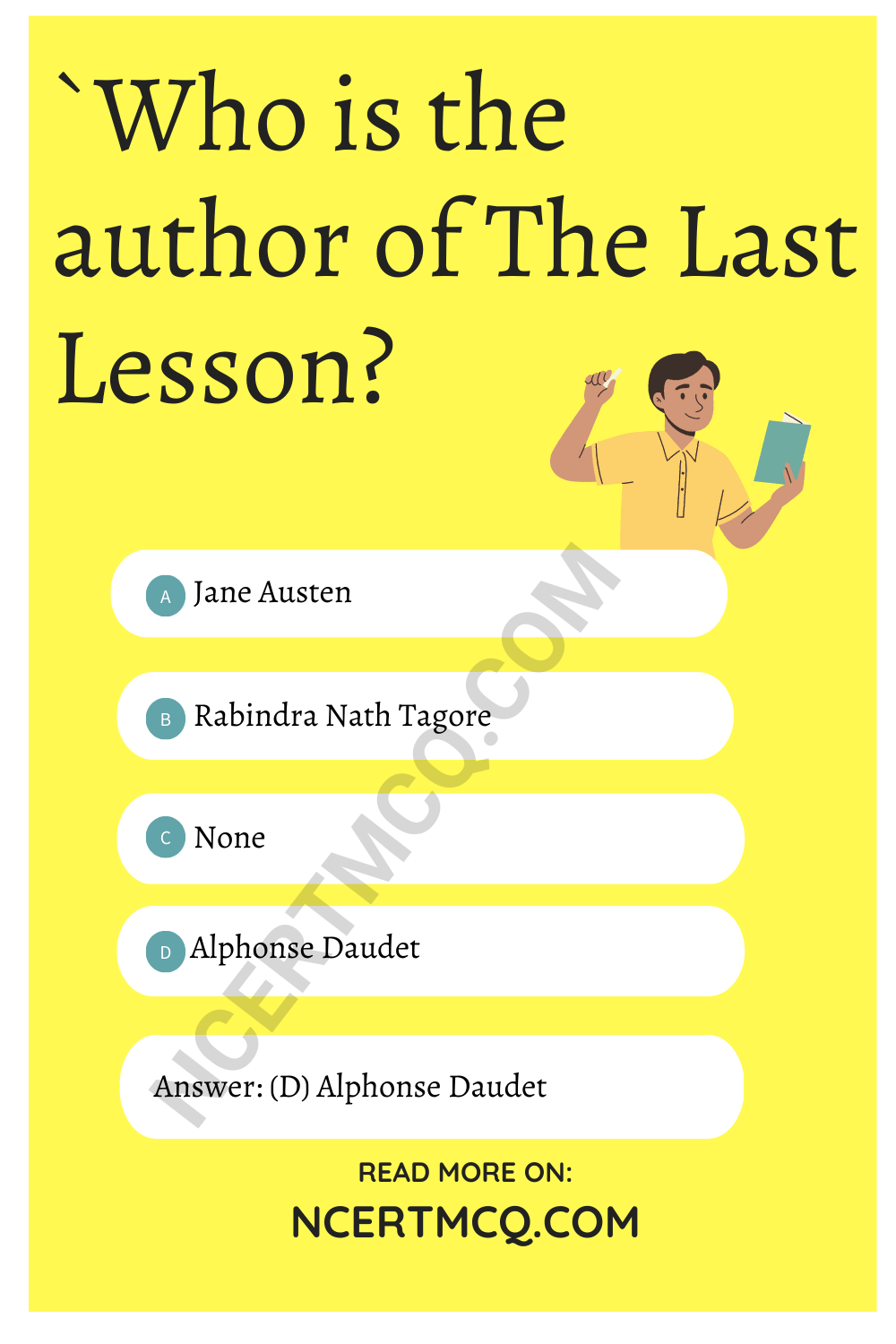

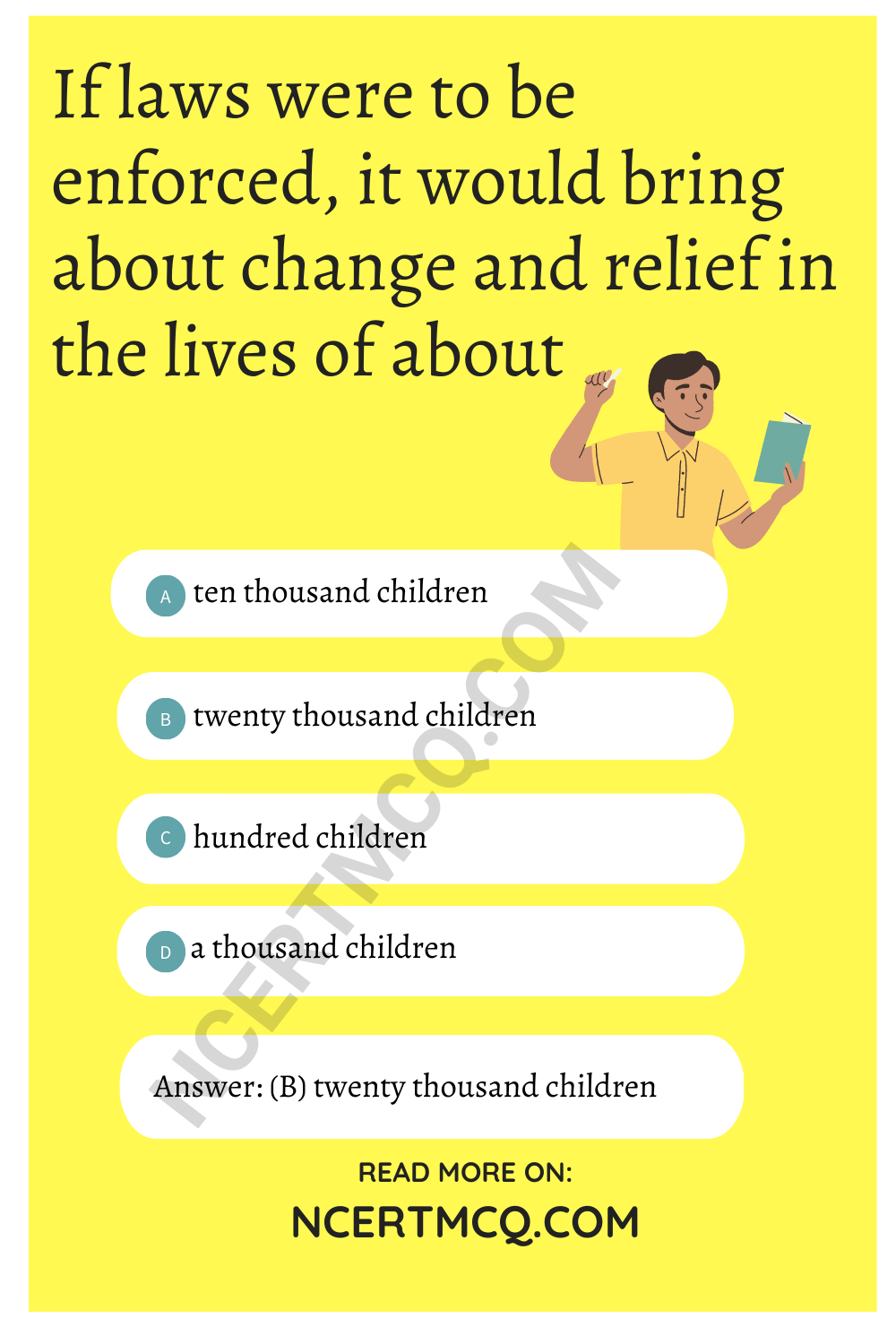
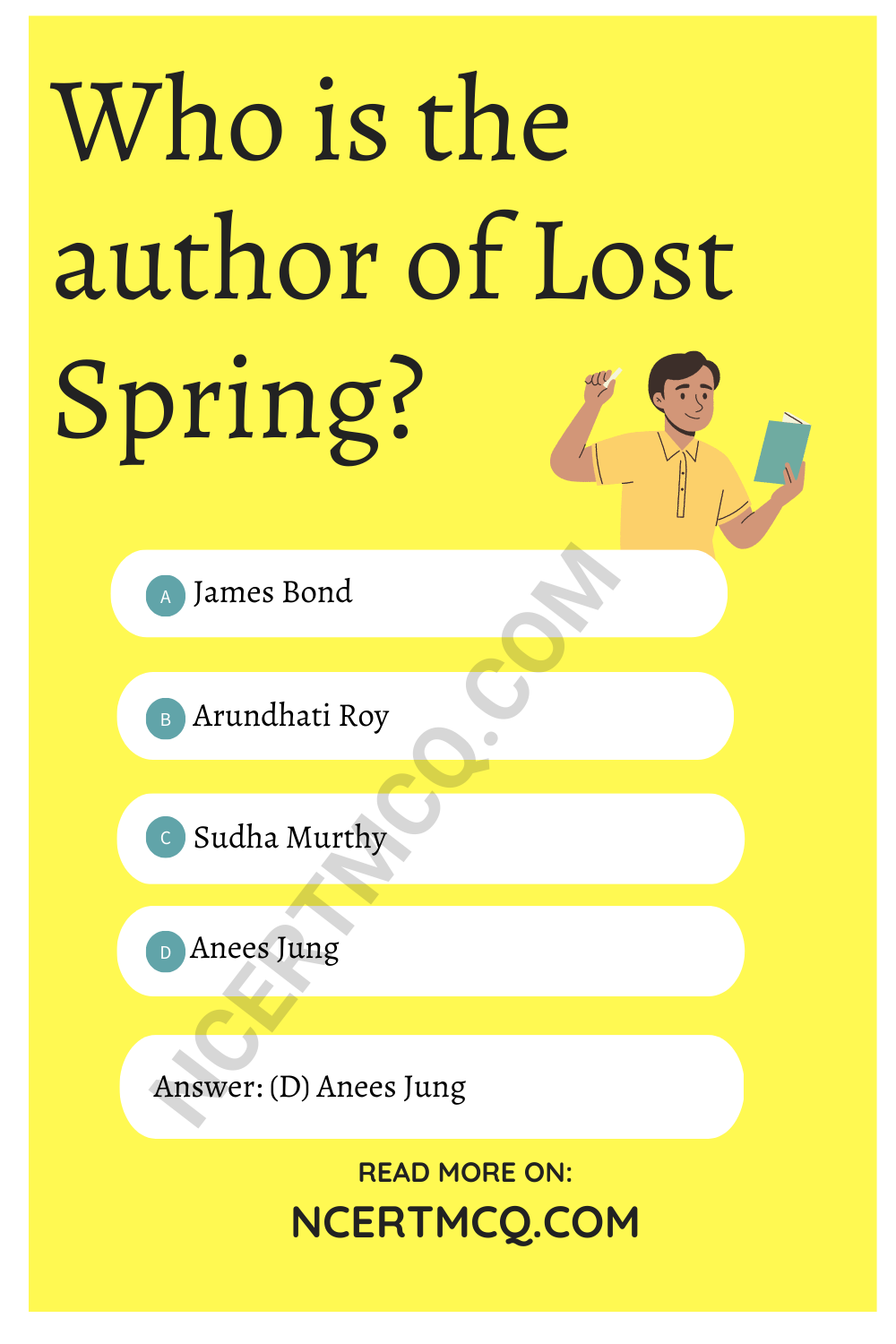
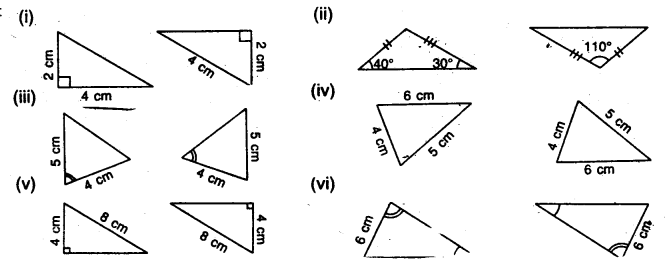

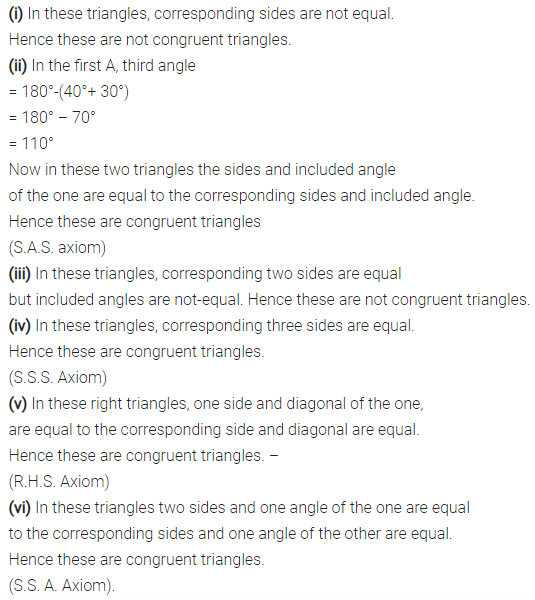
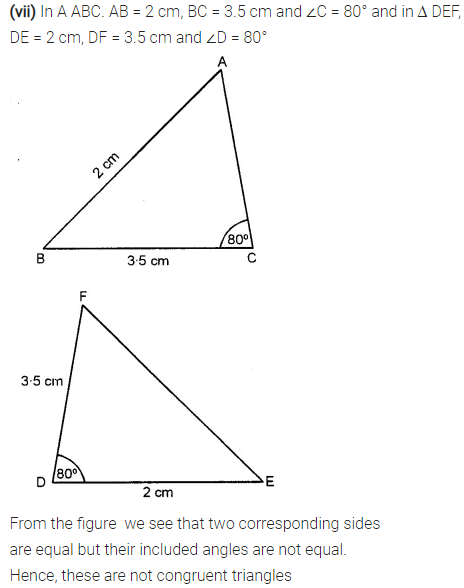
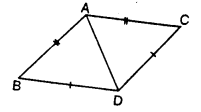
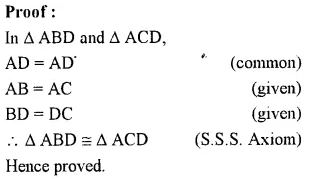
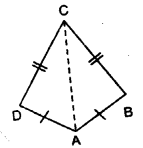
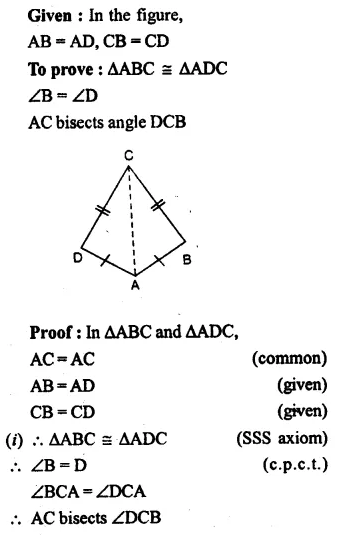
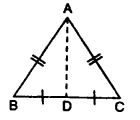

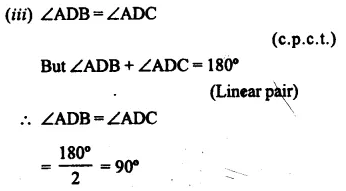
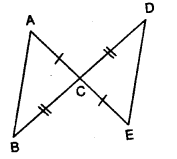
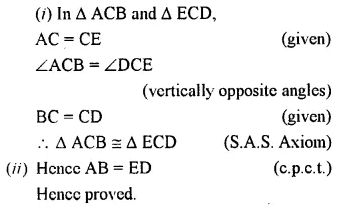
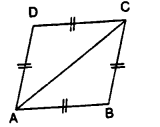
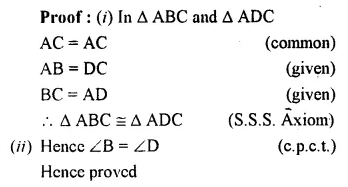
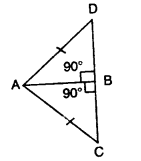
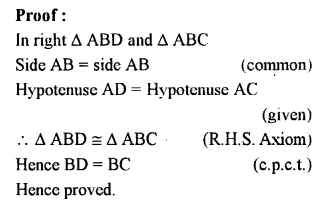
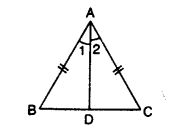
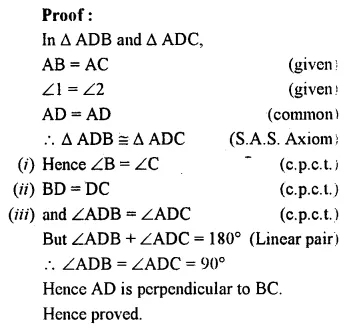



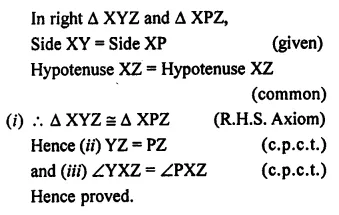
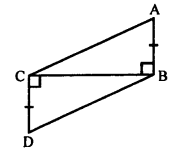
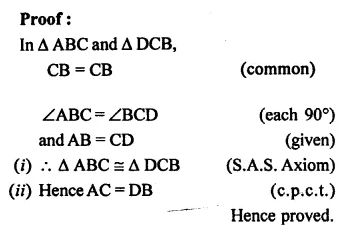
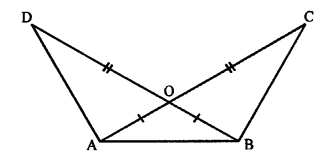
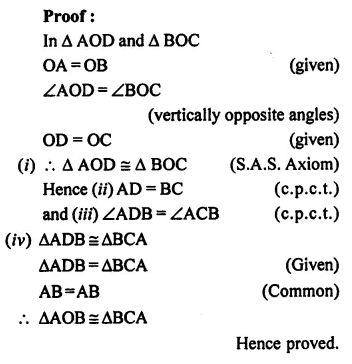
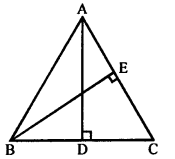
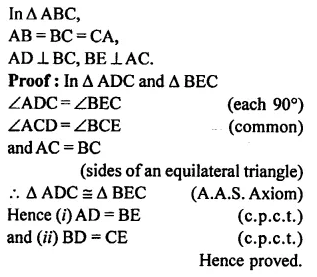
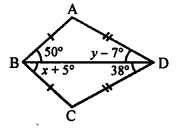
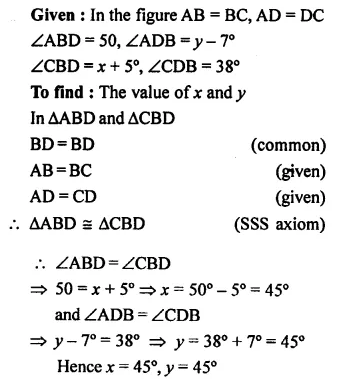
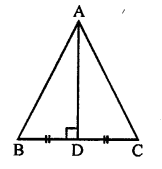
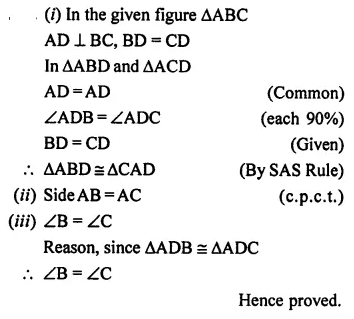
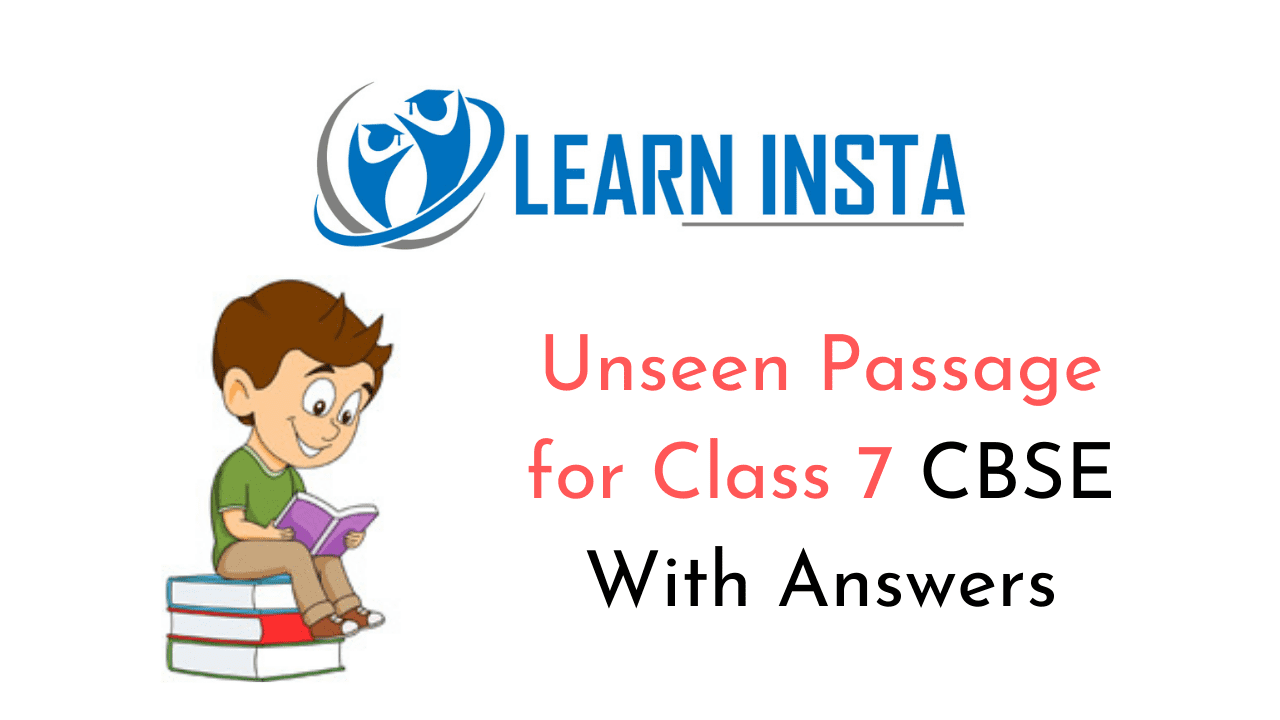
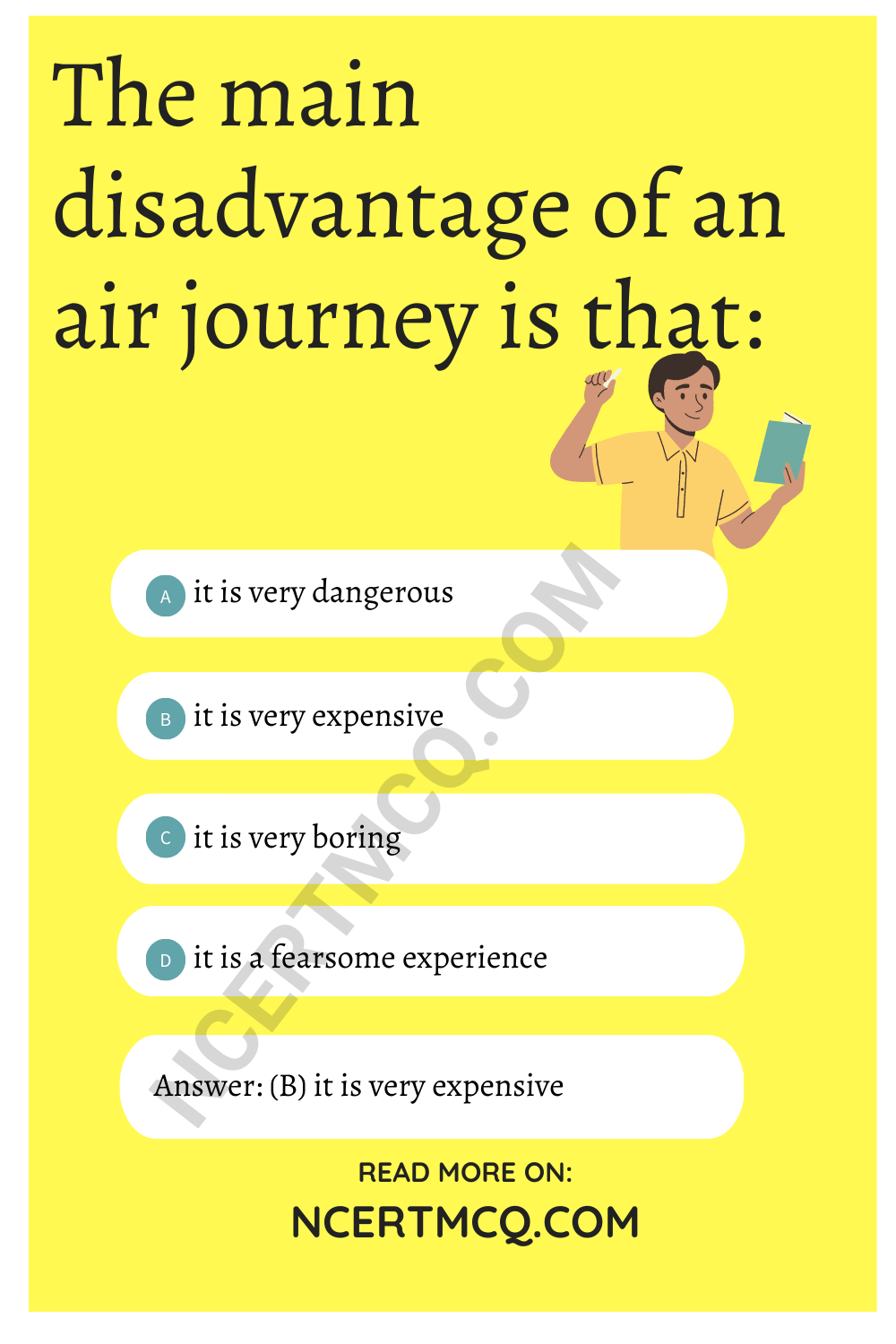

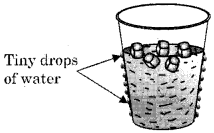
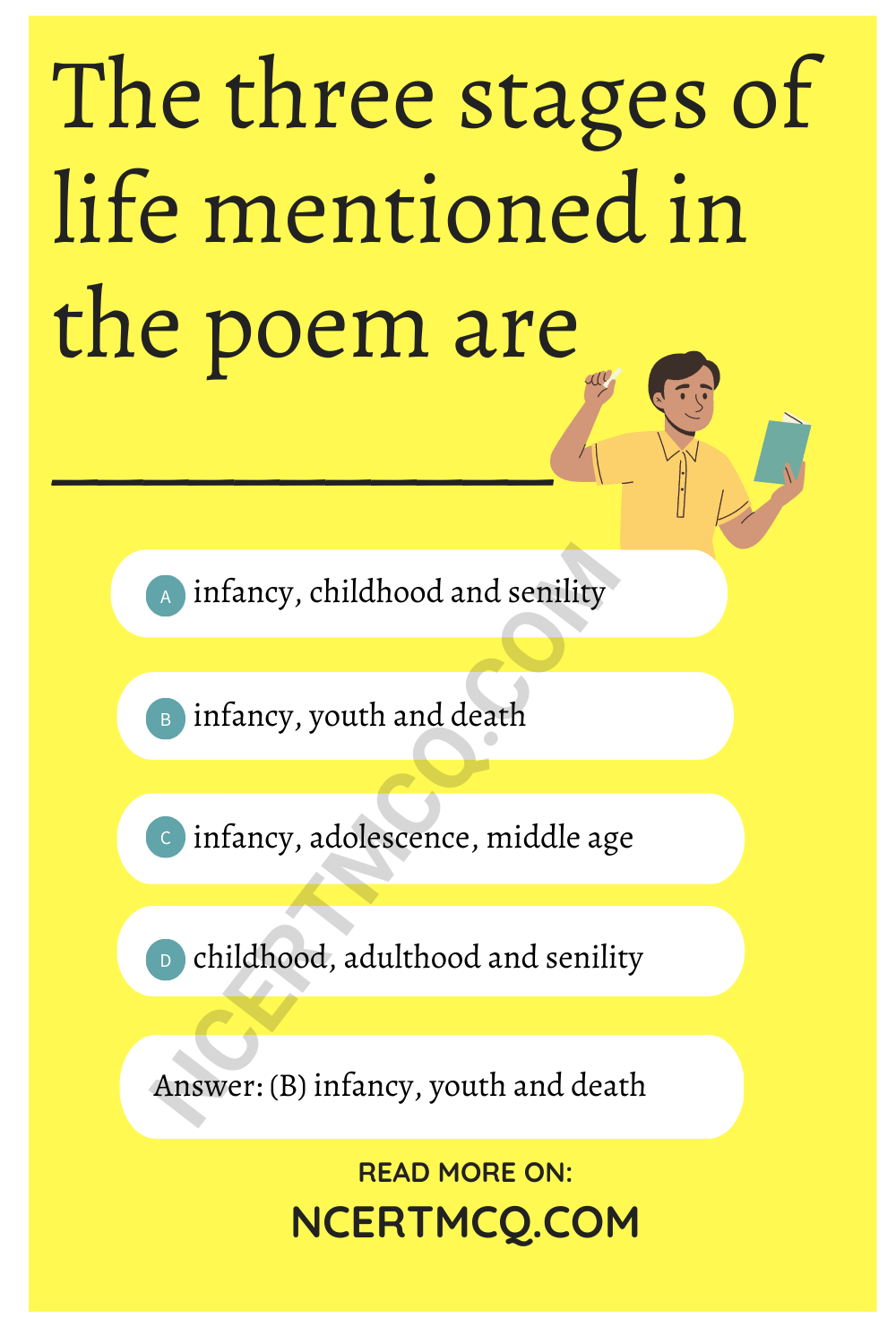
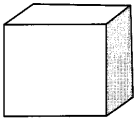



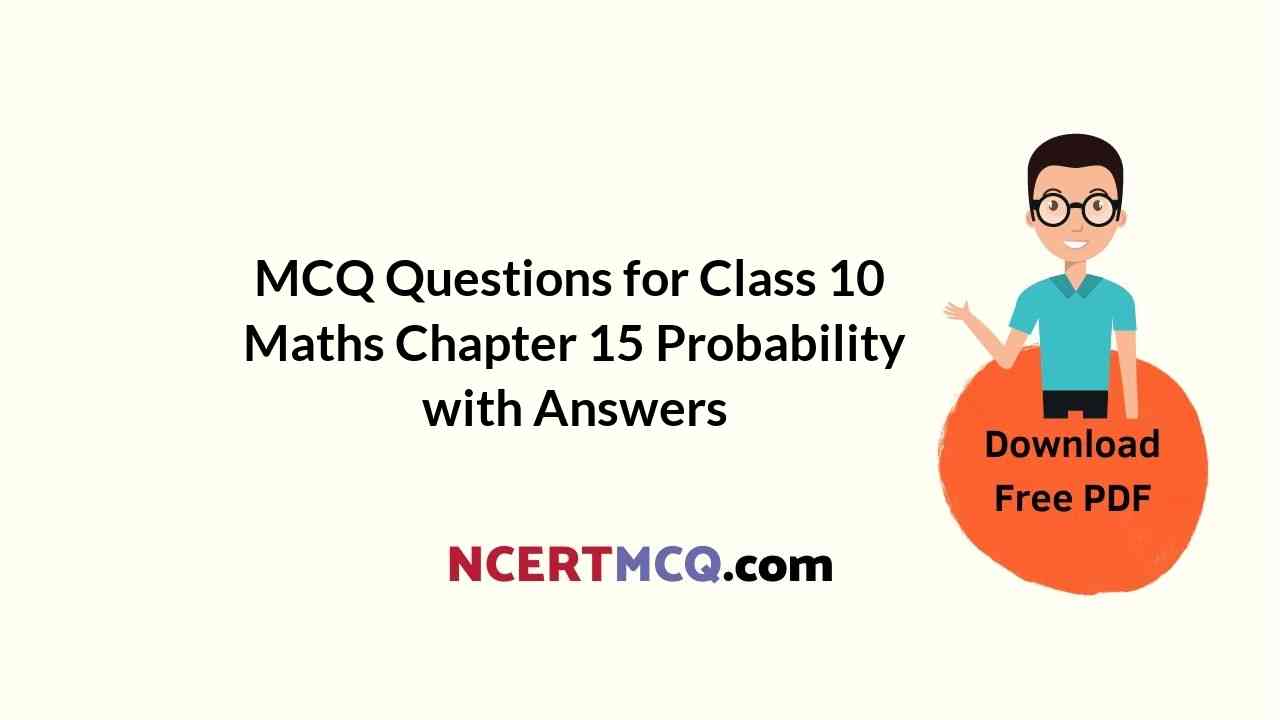
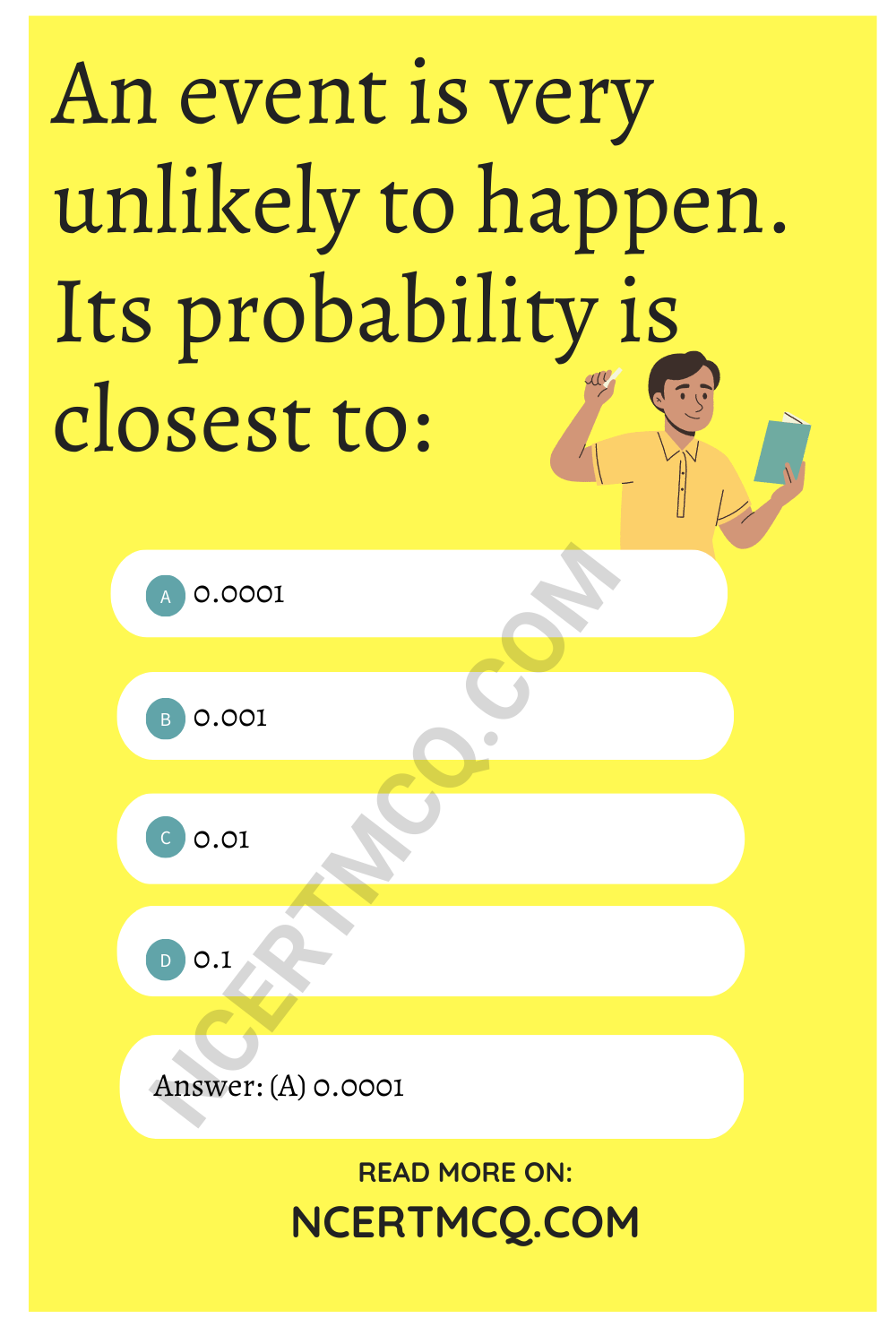
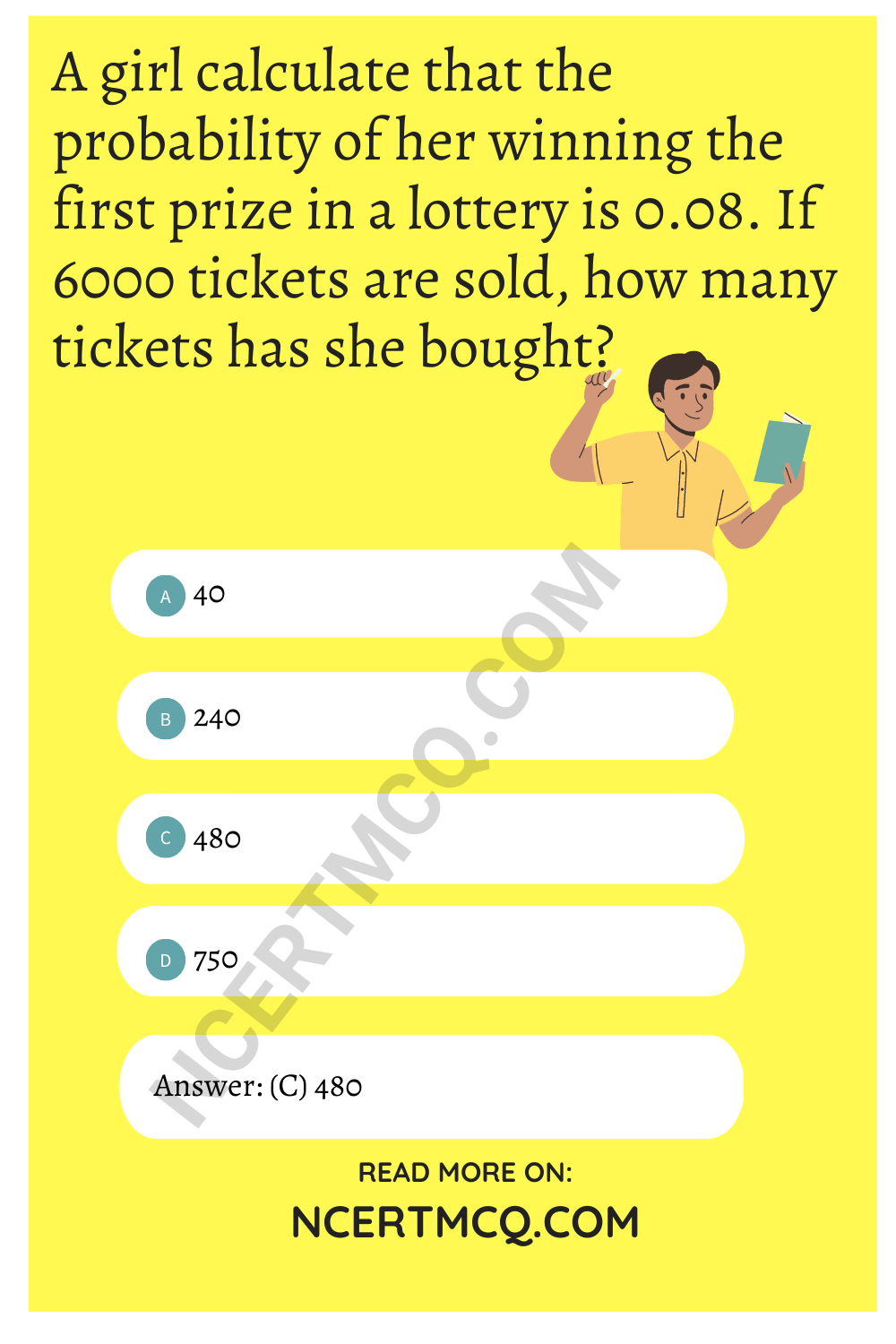
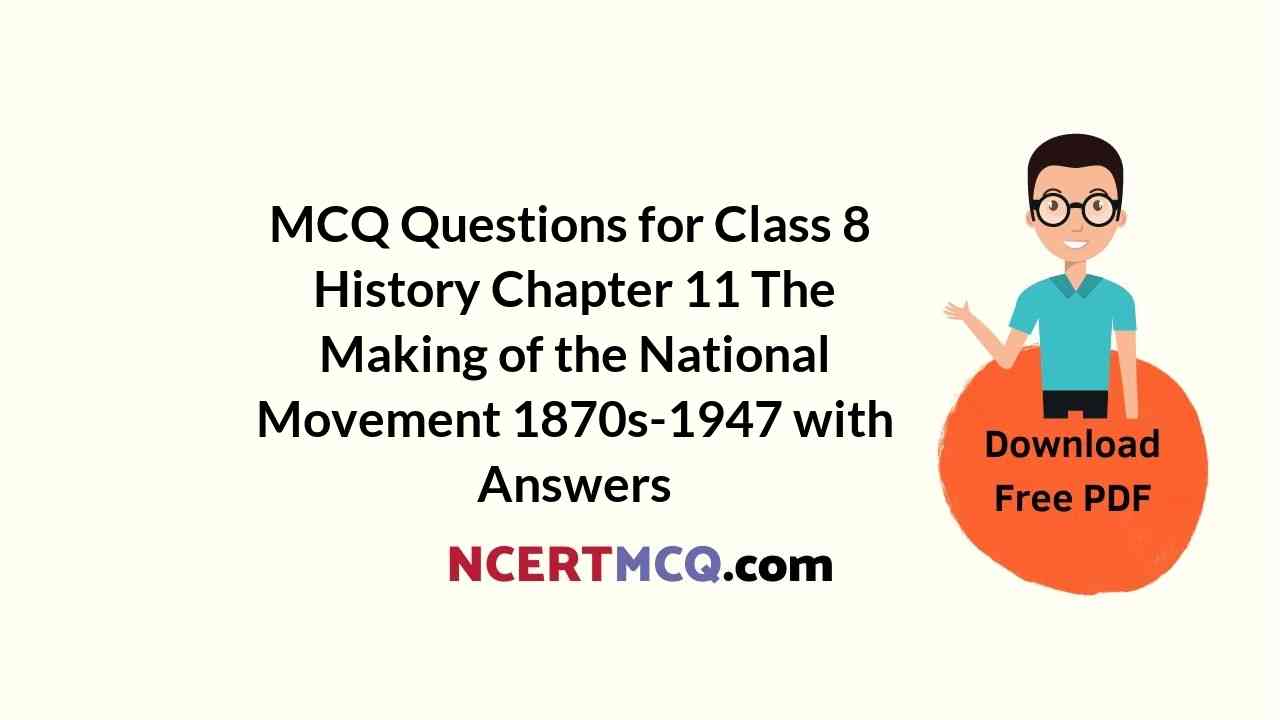
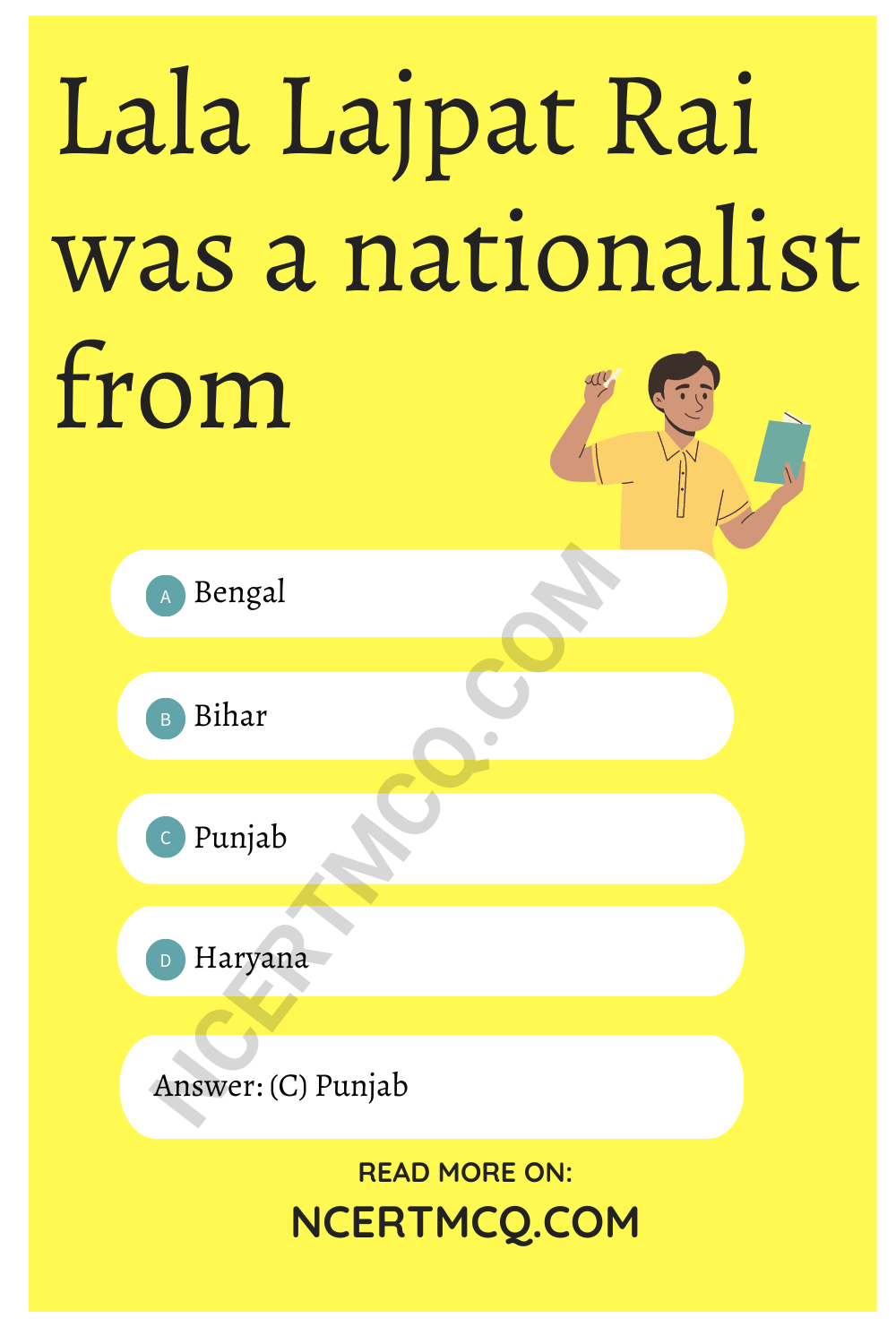

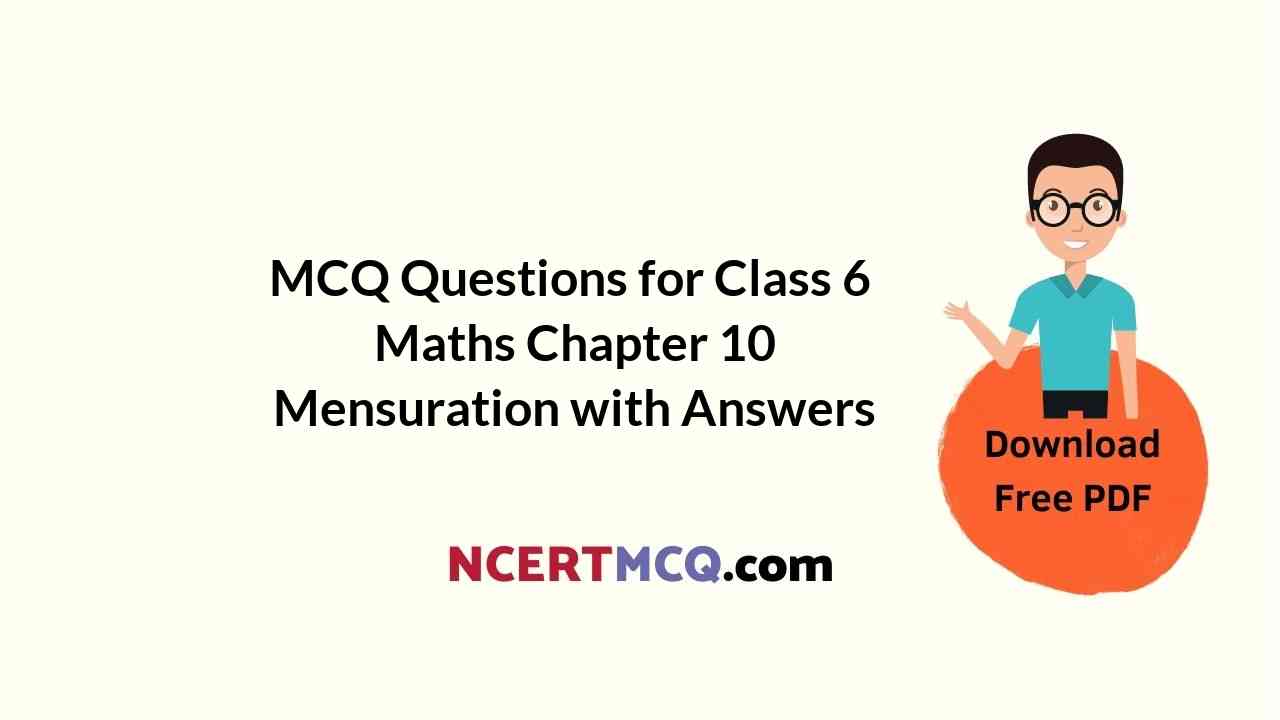
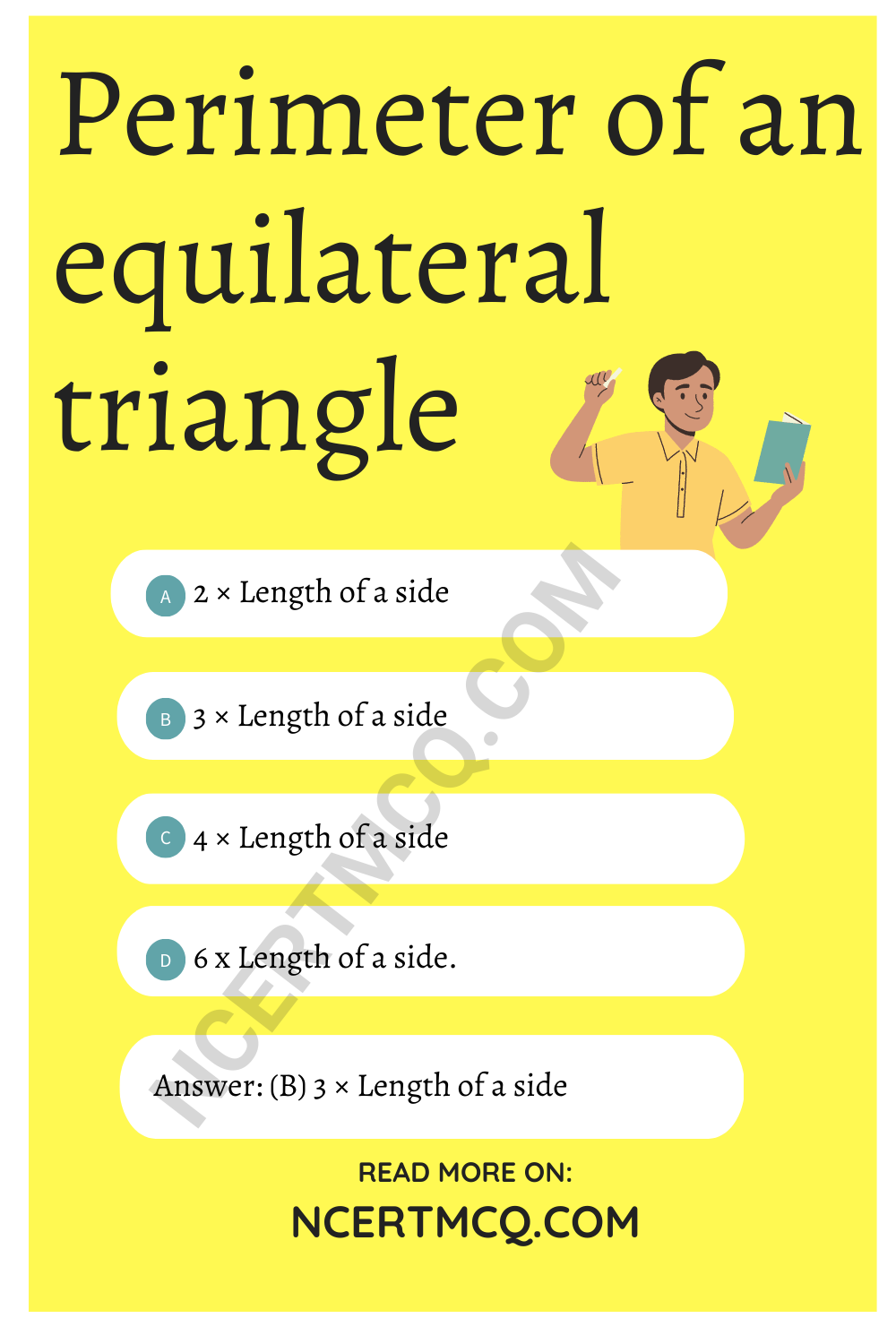
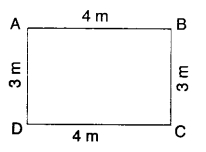
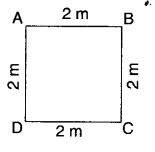 (a) 8m
(a) 8m